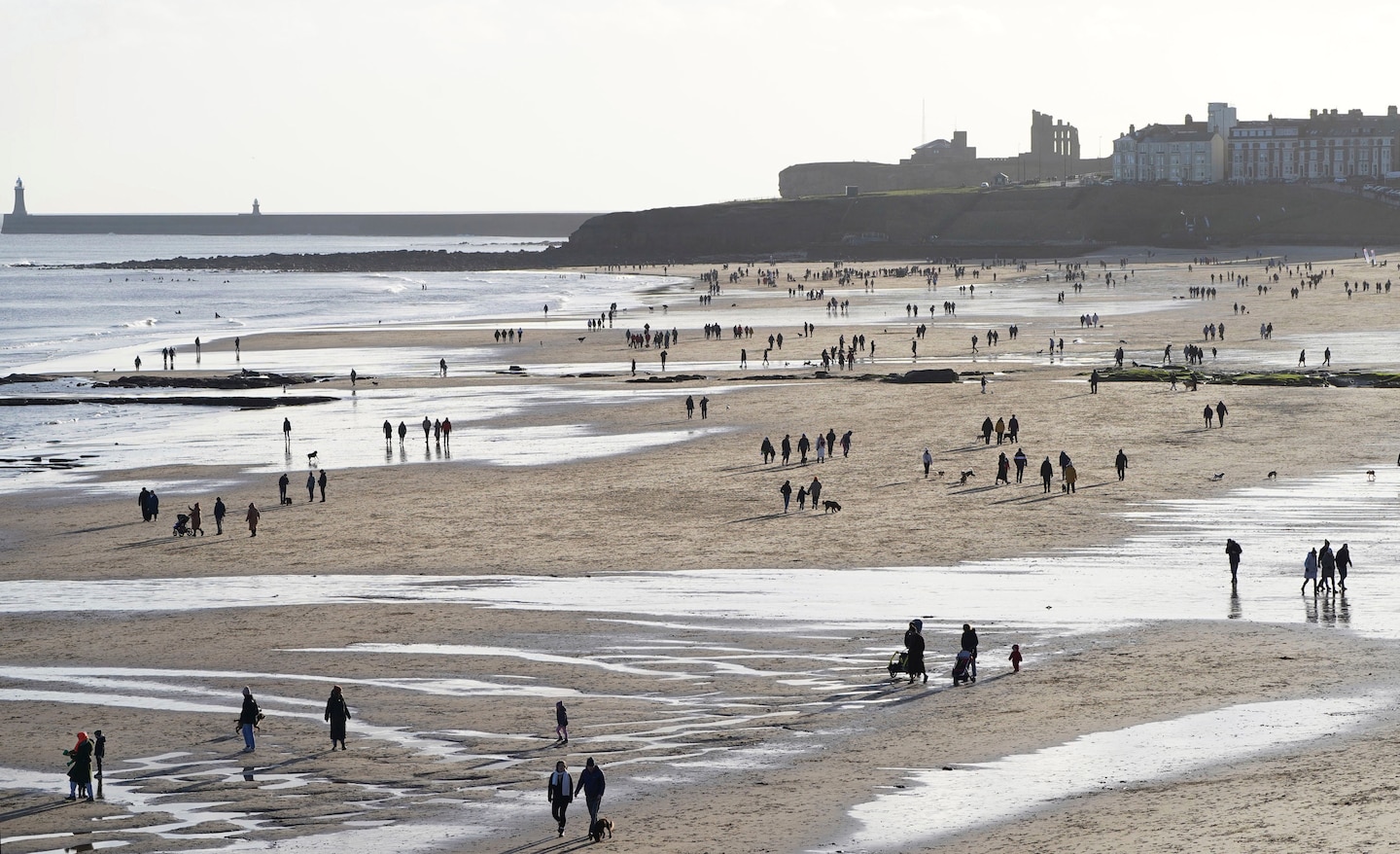This latest bout of unusually mild winter weather comes as the U.K. Met Office announced Wednesday that 2022 will be the warmest year on record for the United Kingdom. The office also indicated it will be the warmest year in a 364-year Central England temperature series, the longest instrumental record of temperatures on the planet.
“While many will remember the summer’s extreme heat, what has been noteworthy this year has been the relatively consistent heat through the year, with every month except December being warmer than average,” Mark McCarthy, head of the service’s National Climate Information Center, said in a news release.
The weather service in Britain is only the first major organization making such declarations for the year as it wraps up. Additional countries and intergovernmental agencies are sure to follow, with the European continent more broadly also likely to rank high up the list of warm years.
Similarly to what is expected over the next week, warmth overtook Britain on New Year’s Day 2022, when record maximums for the date were set in England, Scotland and Wales.
The latest round of weirdly warm readings is getting underway in France and Germany as this year prepares to close. Numerous locations remained above 50 degrees (10 Celsius) for overnight lows Thursday morning, including what would be the warmest December night on record in several locations — but the readings will probably be topped again in nights to come.
Myriad records are likely to fall on New Year’s Eve and New Year’s Day across Europe. Additional records are possible in Eastern Europe during the first week of the new year.
Temperatures of at least 59 degrees (15 Celsius) are anticipated in much of the heart of the continent, and it’s probable that readings will surpass 68 degrees (20 Celsius) in some locations. These are values more like those seen in spring, and perhaps even late spring, than the middle of winter.
France could experience temperatures that are about 14 or more degrees (8 Celsius) above average, countrywide, on the final day of the month, according to meteorologist Guillaume Séchet. That’s probably enough for the warmest New Year’s Eve on record for the country, he wrote.
A list of daily high temperature records for the final day of the year in several German cities — including 57 degrees (14 Celsius) in Berlin and 62 degrees (16.8 Celsius) in Dresden — shows that most were set only one year ago.
“Almost all of them will probably be cracked again this year,” tweeted Kachelmannwetter, a weather company and popular weather account from Germany.
Throughout the holiday weekend, average daily readings in excess of 20 degrees (11 degrees Celsius) above normal are forecast to occur in a belt from much of Germany in the west to Ukraine in the east. After that period, Eastern Europe and parts of Asia will experience the highest temperatures compared with normal before they diminish somewhat over time.
Energy supplies may benefit from the persistent warm weather. The ongoing Russian occupation of Ukraine continues to degrade the country’s infrastructure — and energy remain a concern amid high prices and inconsistent supply. So any break in the cold can be helpful.
The cause for the excessive warmth is a familiar one.
Strong belts of jet-stream winds over the North Atlantic and into Scandinavia sit in contrast to strong and resilient high pressure (also known as a “heat dome”) over mainland Europe as well as locations to the south. In addition to the heat dome supplying its own warmth because of squashed cloud cover and little rain, the larger configuration acts to pull hot air off the deserts of the Iberian Peninsula and Africa, eventually delivering it to neighbors downwind.
Over the summer, at least 104 degrees (40 Celsius) was recorded in Britain for the first time in modern history. Other than some cold weather earlier in December, the heat story kept resurfacing with regularity in Europe across the year.
The broad scientific consensus is that human-caused climate change has strongly influenced the warmth of 2022, which was often accompanied by drought conditions.



